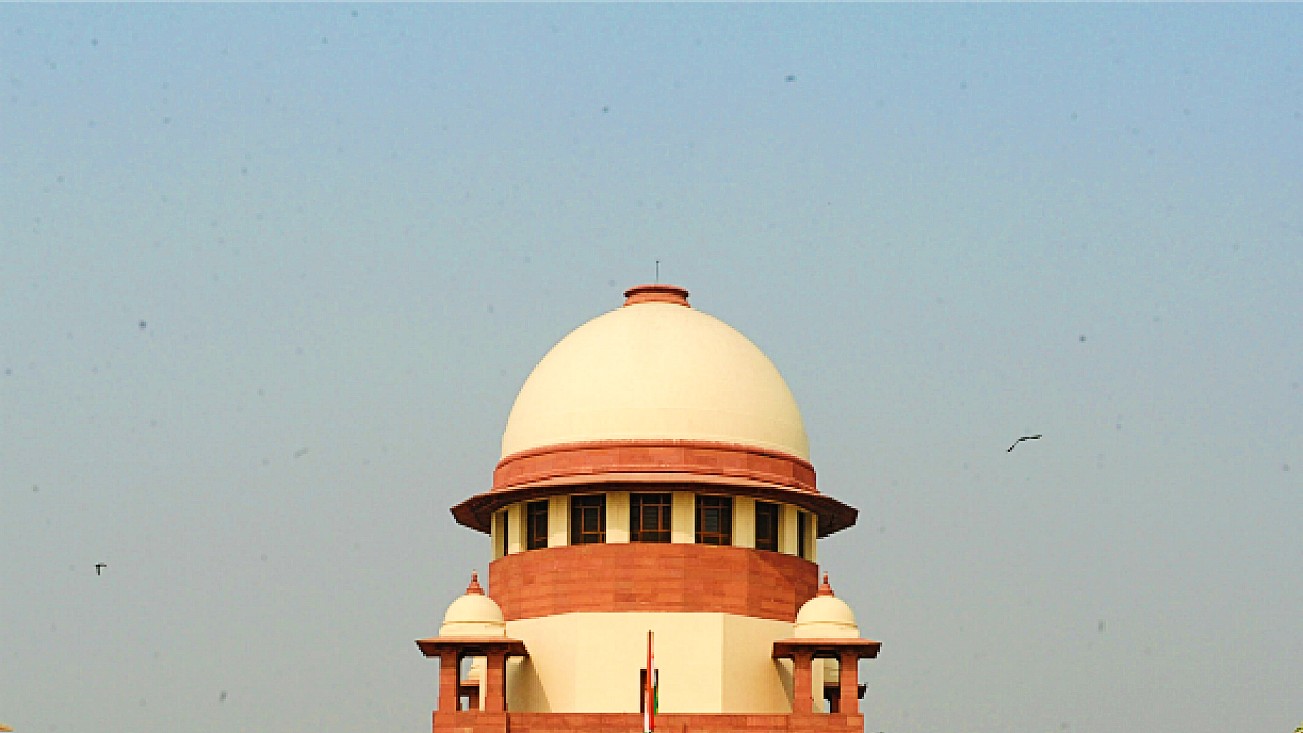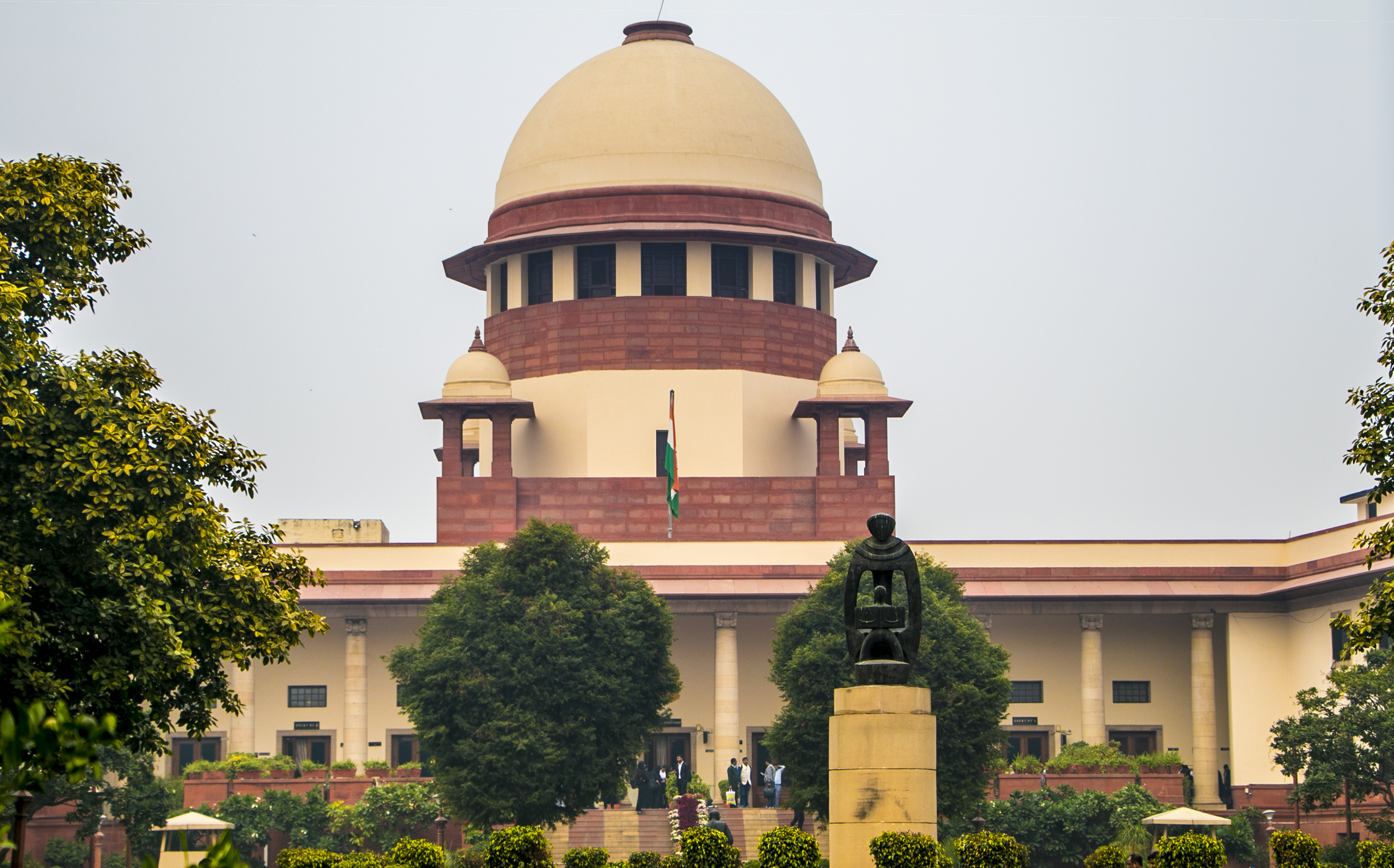While determining age u/s 94of Juvenile Justice Act, DOB certificate from school stands at the highest pedestal whereas ossification test is kept at the last rung: SC rejects convict’s juvenility plea
Justices B.R. Gavai & Sandeep Mehta [05-03-2024]

Read Order:VINOD KATARA v. STATE OF U.P [SC- WRIT PETITION (CRL.) NO(S). 121 OF 2022]
Tulip Kanth
New Delhi, March 6, 2024: Discarding the juvenility plea raised by a murder convict, the Supreme Court has confirmed the finding of the Additional District and Sessions Judge that the date of birth of the convict as entered in the contemporaneous school record was July 2, 1960 and he was a major on the date of the incident.
The petitioner was arraigned as an accused for the offence of murder committed in the year 1982. The petitioner along with three co-accused was convicted by the trial Court for the offence punishable under Section 302 read with Section 34 of the Indian Penal Code, 1860(IPC) and were sentenced to undergo rigorous imprisonment for life.
The convicts including the petitioner preferred Criminal Appeal before the Allahabad High Court. During the pendency of appeal, the sentence awarded to the petitioner by the trial Court was suspended and he was released on bail. The said appeal came to be rejected. The petitioner was taken into custody after the dismissal of the appeal by the High Court.The petitioner’s Special Leave Petition was also dismissed.
The Allahabad High Court, while considering a PIL directed the Juvenile Justice Board(s) in the State of Uttar Pradesh to hold enquiries for determination of age of the convicts who were languishing in jail wherein the possibility was felt that the convict might have been a juvenile at the time of incident. Pursuant to the said order of the High Court, the petitioner was subjected to examination by a Medical Board and gave an opinion that on the date of the report, the petitioner herein was around 56 years of age. Based on the said report of the Medical Board, the petitioner preferred the writ petition claiming that he was around 15 years of age on the date of the incident and urged the respondent State to pass necessary order.
The Additional District and Sessions Judge opinedthat the date of birth of the petitioner was July 2, 1960 and he was major on the date of the incident.After receiving the report, the Top Court permitted the parties to submit their responses.
It was the petitioner’s case that the assumption drawn by the Additional District & Sessions Judge that there had been an overwriting in the family register wherein numerical ‘0’ had been changed to numerical ‘8’ was without any foundation. It was contended that as per Section 94 of the Juvenile Justice (Care and Protection of Children) Act, 2015 (JJ Act), where contemporaneous reliable school record is not available, the Court can place reliance either on other documentary evidence or in absence thereof, the Medical Board’s opinion based on X-ray examination can be taken into account to determine the age of the person claiming juvenility.
The respondent, on the other hand, submitted that the inquiry officer, i.e., the Additional District and Sessions Judge had categorically found that the date of birth of the petitioner as entered in the contemporaneous school record was July 2, 1960, which was the actual date of birth of the petitioner.
The Division Bench, comprising Justice B.R. Gavai & Justice Sandeep Mehta, took note of the fact that the Additional District and Sessions Judge recorded evidence during the course of the inquiry and gave detailed findings holding that the family register brought on record by the petitioner was a forged document and was unreliable.
A copy of the family register issued on March 2, 2022 was placed on record by the petitioner during the course of inquiry. The inquiry officer issued a notice to the Assistant Block Development Officer and in his examination, the officer clearly stated that the original register on the basis of which said family register had been prepared was not available in the record of the Panchayat.The Judge had also summoned the record from the Pre-Secondary School, and recorded the evidence of school officials. From the admission register and the transfer certificate, it transpired that the date of birth of the petitioner recorded in the school was July 2, 1960.
“Having minutely perused the inquiry report and the evidence led during the inquiry, we are of the opinion that the conclusions drawn by the learned Additional District and Sessions Judge that the actual date of birth of the accused petitioner is 2nd July, 1960 and the opinion of the Medical Board that estimation of age based on X-ray examination becomes uncertain after 25 years is apropos and deserves to be accepted”, the Bench said.
Dismissing the appeal, the Bench explained, “Section 94(2) of the JJ Act provides for the mode of determination of age. In the order of priorities, the date of birth certificate from the school stands at the highest pedestal whereas ossification test has been kept at the last rung to be considered, only in the absence of the criteria Nos. 1 and 2, i.e. in absence of both certificate from school and birth certificate issued by a Corporation/Municipal Authority/Panchayat.”
Sign up for our weekly newsletter to stay up to date on our product, events featured blog, special offer and all of the exciting things that take place here at Legitquest.




Add a Comment